We all know that monthly electricity bills can quickly add up, but reducing them is easier than it seems.
By making a few smart changes, you can lower your electric bill without sacrificing comfort.
From adjusting temperature settings to choosing energy-efficient appliances, there are countless ways to save energy and keep more money in your pocket.
In this guide, I’ll walk you through simple and practical steps to help you reduce electricity usage and trim down those expenses.
With these tips, you’ll not only save money but also contribute to a healthier planet.
Ready to get started? Let’s explore the top ways to make a difference in your electric bill today!
Why Lowering Your Electric Bill Matters
There are many reasons to lower your electric bill. First, it’s a great way to save money. Small changes can lead to big savings over time.
Plus, when you use less energy, you reduce your environmental impact. Every kilowatt-hour you save helps the planet.
Lowering your energy bill can also improve the comfort of your home.
Many of these energy-saving methods, like adjusting your heating and cooling, make your home feel better.
And let’s not forget—lowering your electric bill means you’ll have extra money for other needs.
Key Benefits of Lowering Your Electric Bill
| Benefit | Impact |
| Save Money | Cuts down monthly expenses |
| Help the Environment | Reduces carbon footprint |
| Comfortable Living | Keeps your home cozy without extra cost |

How Much Electricity Does Your Home Use?
Understanding your home’s electricity usage is key to managing your energy bill.
High electricity use often comes from things like heating, cooling, and running large appliances.
These everyday needs can add up quickly if you’re not careful.
The amount of energy you use depends on factors like your home’s size, the number of people living in it, and the types of appliances you have.
For instance, a large family with several appliances will likely use more electricity than a smaller household.
Being aware of your home energy use can help you find areas to cut back and save.

What is an Energy Audit?
An energy audit is a smart step toward energy savings. It’s a professional assessment of your home’s energy consumption.
During an audit, an expert will check for areas where you’re losing energy, like leaks in windows and doors.
This simple step can help lower your utility bill by highlighting areas to improve.
You can also do a DIY audit. Walk through your home and look for places where air might be escaping, such as gaps around doors and windows.
Sealing these leaks can help reduce your utility costs. Many people don’t realize how much energy they’re losing, and an energy audit shows exactly where to save.
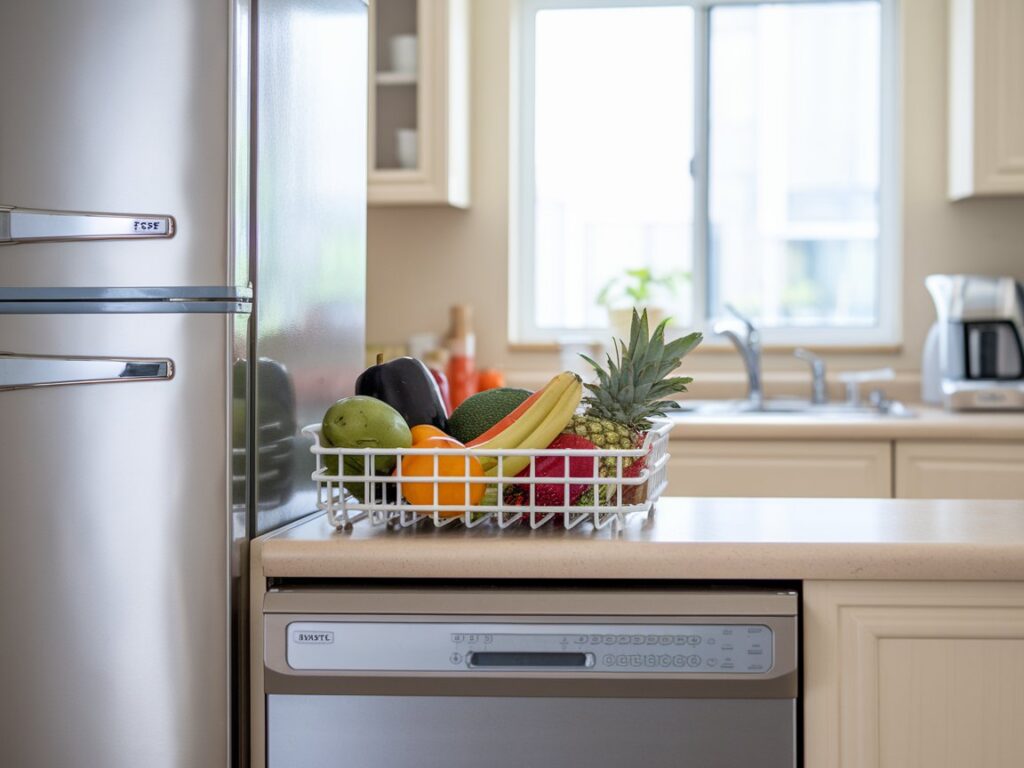
Using Energy-Efficient Appliances
One of the best ways to lower your electric bill is by choosing energy-efficient appliances.
When shopping, look for the Energy Star label. This label means the appliance meets energy-saving standards set by the Department of Energy.
Energy Star estimates that an energy-efficient fridge, for example, can save you around 10-15% on energy compared to standard models.
With efficient appliances, you’re not only saving money but also helping the environment.
Whether it’s a dishwasher, water heater, or air conditioner, efficient choices can cut costs on your electric bill. It’s a small change that adds up.
Examples of Energy-Efficient Appliances
| Appliance | Energy Saving Benefit |
| Refrigerator | Saves 10-15% more energy |
| Dishwasher | Uses less water and electricity |
| Water Heater | Warms water with less energy use |
| Air Conditioner | Cools rooms efficiently |
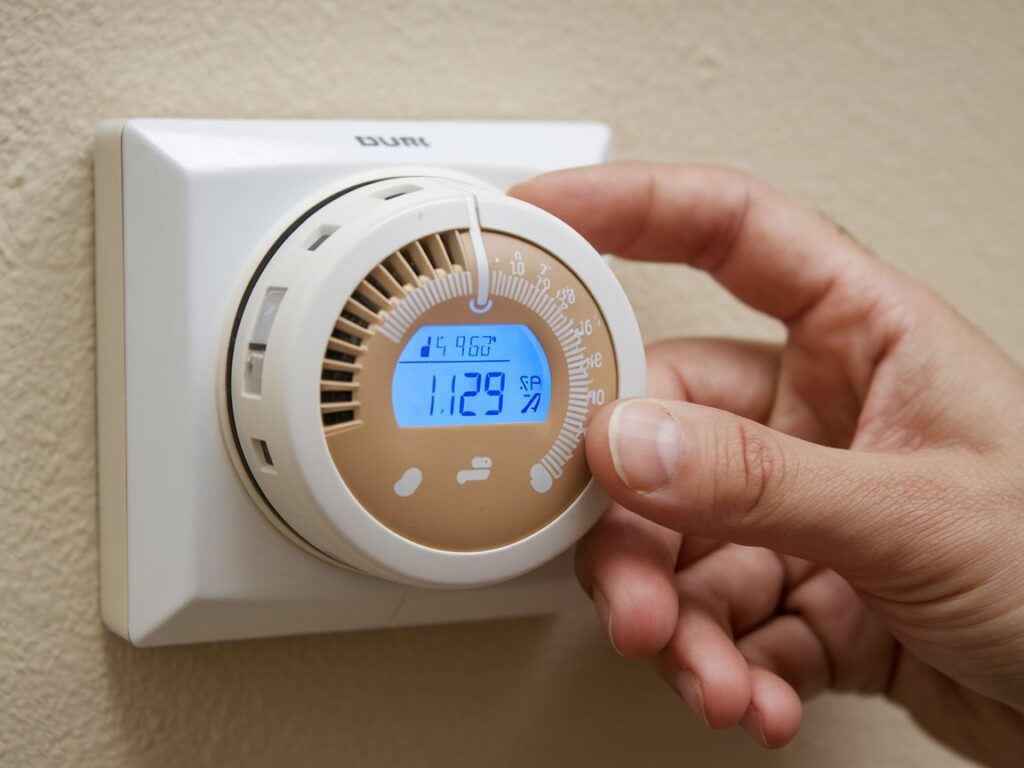
How to Save on Heating and Cooling
Heating and cooling often account for a large part of your energy bill. By setting your thermostat wisely, you can see real savings.
In winter, set it to 68°F, and in summer, aim for around 78°F. These simple temperature settings can reduce your heating and cooling costs.
Consider using a programmable thermostat to keep the temperature steady.
This will stop your heating and cooling systems from working harder than needed. With just a few adjustments, you’ll save energy without feeling uncomfortable.
Tips for Heating and Cooling
- Set Thermostat to 68°F in Winter
- Set Thermostat to 78°F in Summer
- Use Fans to circulate air
- Seal Drafts to keep air inside
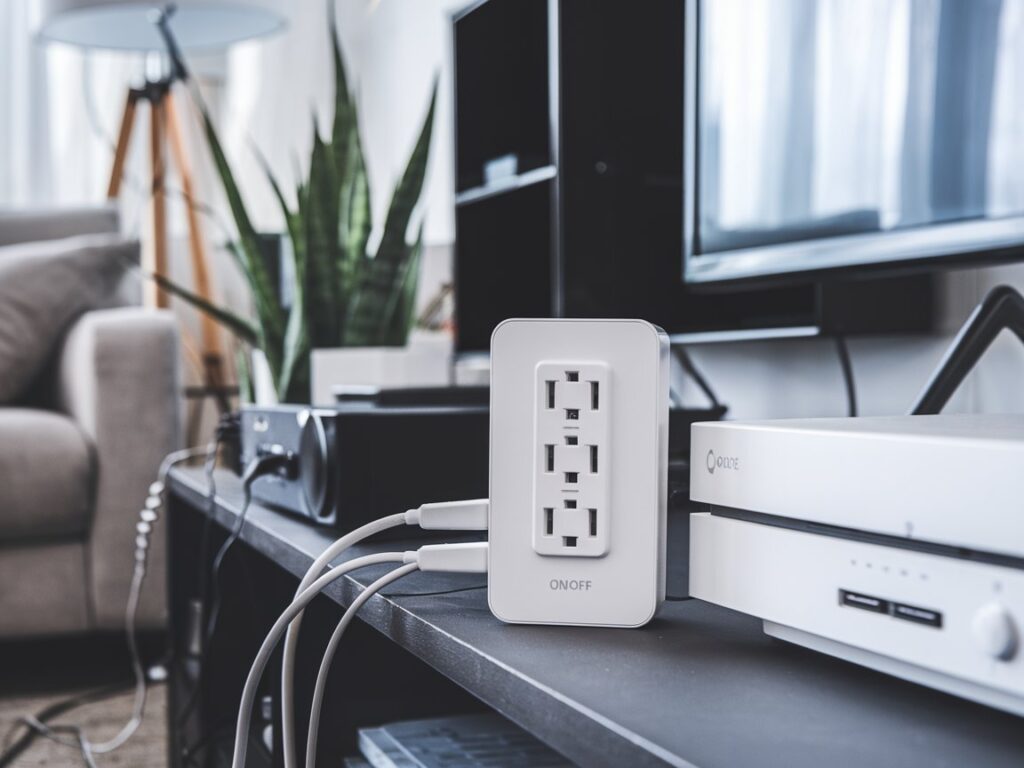
Smart Power Strips: A Simple Way to Save
Have you ever noticed that some devices stay on even when you’re not using them?
This is called standby mode, and it’s a major source of electricity waste.
By using a smart power strip, you can save more energy by managing standby power.
Smart power strips automatically cut off power to devices you’re not using. It’s a small investment that can lower your electric costs.
Try placing a smart power strip near your entertainment center or computer area to prevent wasted electricity.
Why Insulation Matters for Energy Savings
Insulation is key to reducing energy costs in any home. It helps keep warm air in during winter and cool air in during summer.
This means your heating and cooling systems don’t have to work as hard. Good insulation can help you save a lot on your monthly bills.
Check for insulation in key areas like your attic, walls, and floors. If you feel drafts or notice cold spots, it might be time to add more insulation.
A well-insulated home is one of the best ways to lower your utility costs.
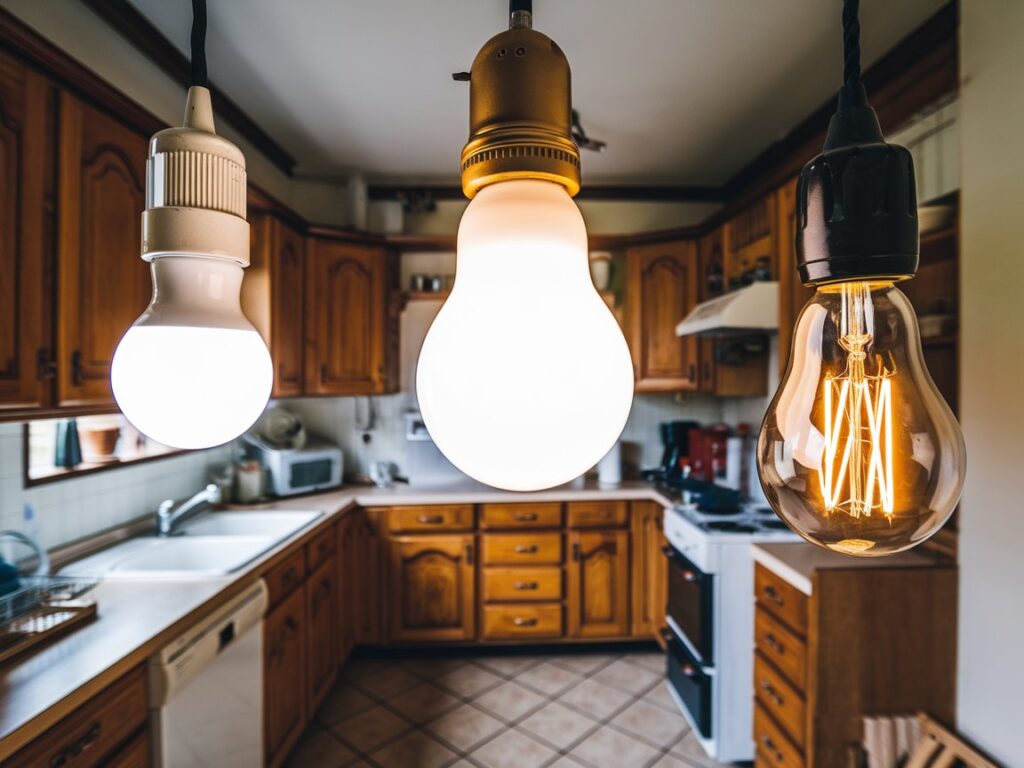
Lower Your Electric Bill with Efficient Lighting
Switching to energy-efficient bulbs is a simple way to lower your electric bill.
LED and CFL bulbs use less energy than traditional incandescent bulbs.
Plus, they last much longer, so you won’t need to replace them as often.
When choosing bulbs, look for options with the Energy Star label. These bulbs provide great lighting while saving on energy costs.
It’s an easy switch that can make a noticeable difference in your electric bill.
Comparison of Light Bulbs
| Bulb Type | Energy Efficiency | Lifespan |
| LED | High | 15,000+ hours |
| CFL | Moderate | 8,000 hours |
| Incandescent | Low | 1,000 hours |
Water Heating Tips for Lower Utility Bills
Heating water can be a big part of your electricity consumption. To save, lower your water heater temperature to around 120°F.
This is still warm enough for daily use but saves energy. Consider washing clothes in cold water to further reduce energy use.
You could save around 5% of your utility bill with this simple change. And if you’re not using hot water often, try setting your heater to standby mode.
What the Department of Energy Recommends
The Department of Energy has many tips to help homeowners lower their electricity bills.
They suggest steps like improving insulation, using energy-efficient lighting, and investing in renewable energy sources.
Following these recommendations can lead to significant savings.
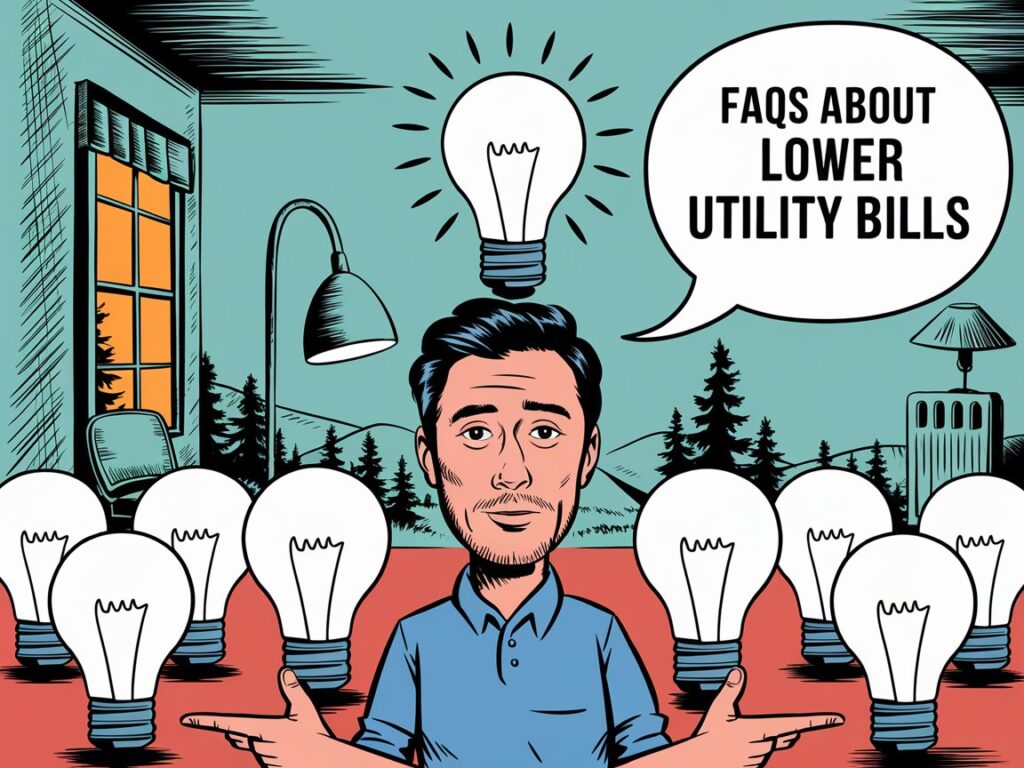
FAQs About Lower Utility Bills
Key Takeaways
- Lowering your electric bill saves money and energy.
- Small changes like using smart power strips can have a big impact.
- Energy-efficient appliances reduce costs and conserve power.
- Following government guidelines, like those from the Department of Energy, helps maintain an energy-friendly home.
Lower Your Electric Bill doesn’t have to be difficult. With small, consistent steps like adjusting your thermostat, using smart power strips, and switching to energy-efficient appliances, you can enjoy lower costs and a more eco-friendly home.
Not only do these changes save you money, but they also help reduce your environmental impact.
Start with a few changes that are easy to make, and you’ll soon notice the difference in your utility bill.
Every step counts, and over time, the savings add up. Here’s to a more energy-efficient, cost-effective home for you and your family!




